“Coincidentally it is 157 years ago today , September 23, 1762, that the British flotilla landed in Manila Bay, marking the start of the British invasion of the Philippines. These days, there is another kind of battle waging once again in Manila Bay – a struggle to clean up and rehabilitate it. This new battle is an offshoot of a 1999 lawsuit, launched by a group of concerned citizens and law students on behalf of Mother Nature against the government. In 2008, after more than a decade of equal battle, the Supreme Court decided in favor of Mother Nature, directing the DENR and 12 other government agencies to clean up, rehabilitate and restore the bay and make it fit for swimming, skin diving and all other forms of contact recreation,” UP Vice President for Public Affairs Elena E. Pernia stated as she opened the public forum, #ThatsMyBay, in her welcoming remarks.
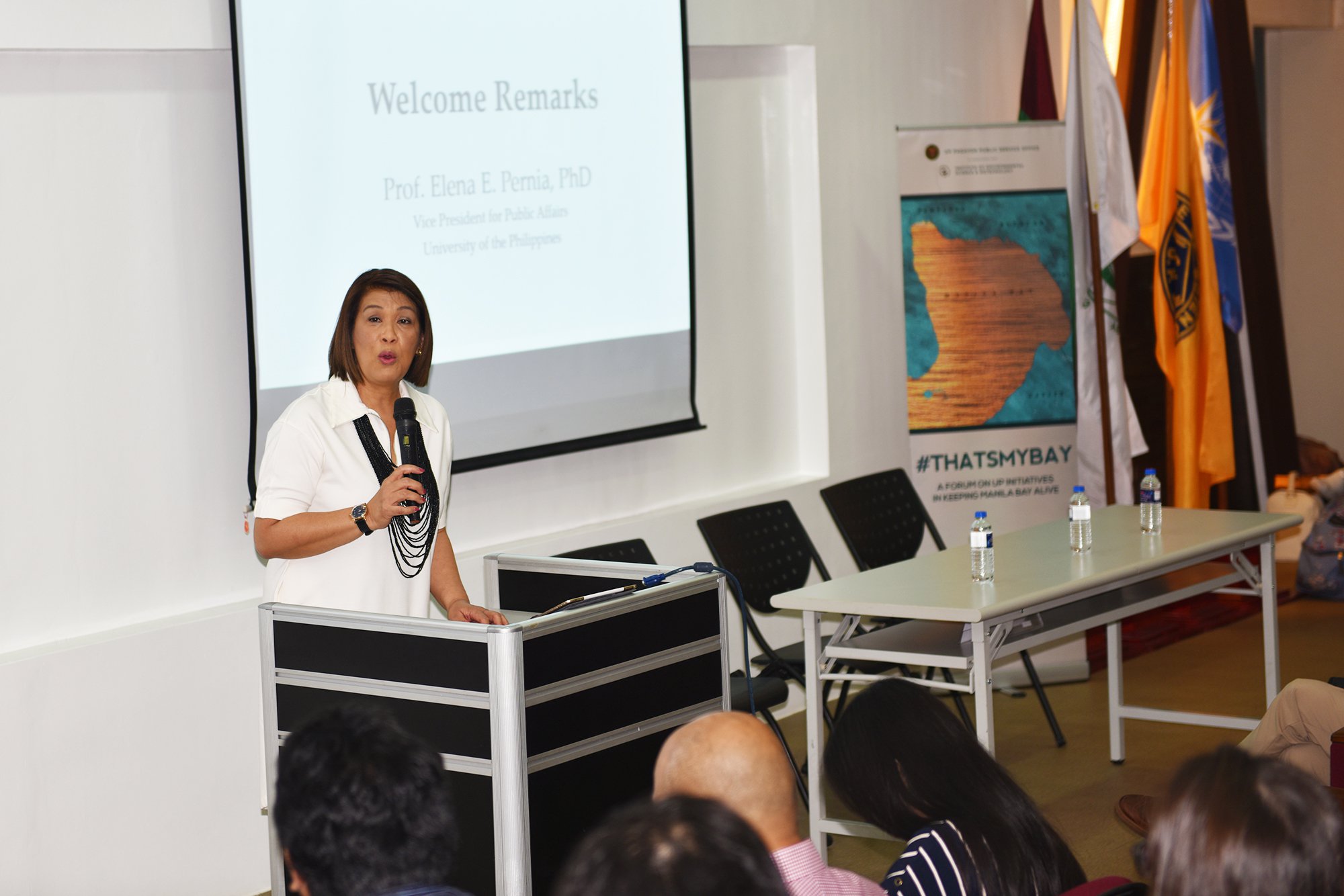
“A whole society approach is necessary to achieve, as the Supreme Court stated, for the return of Manila Bay to its former glory—a remarkable natural endowment that is a source of food, employment, income, transportation, recreation, beauty, culture, and history,” Pernia added.
The forum was one of the series of activities organized by UP Padayon Public Service Office headed by its Director Jeanette L. Yasol-Naval to showcase its commitment to align the various University efforts and facilitate significant endeavors, such as the creation of a research and development agenda and the mobilization of research funding in relation to the programs lined up for the Manila Bay rehabilitation.
Science experts, government officials, and professors and students packed the forum at the Institute of Environmental Science and Meteorology Auditorium in UP Diliman. It featured UP initiatives to keep Manila Bay sustainable.
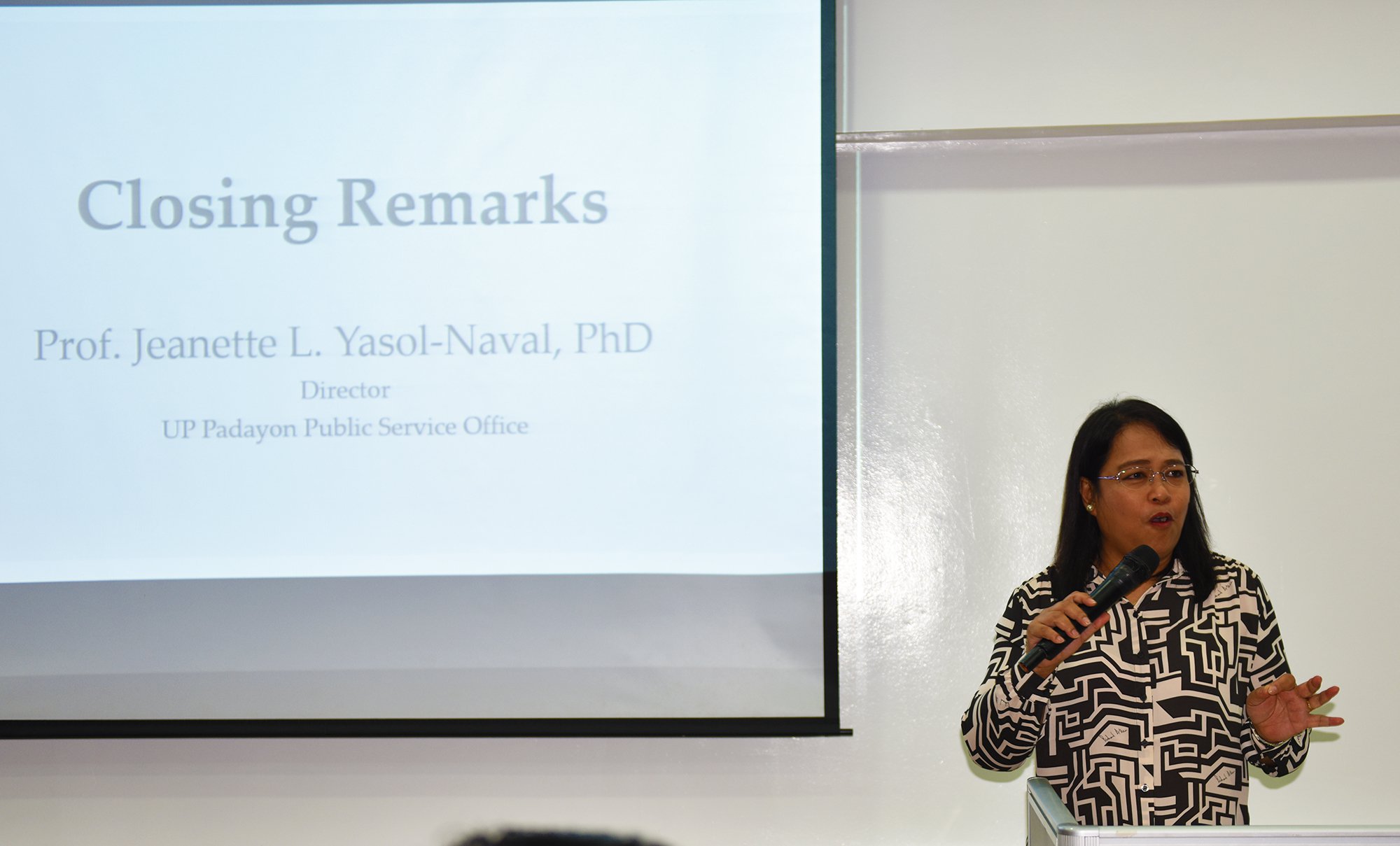
The UP Padayon Public Service Office gathered UP experts involved in Manila Bay’s rehabilitation and restoration projects. UP’s very own former UPLB Chancellor Rex Victor O. Cruz, a leading consultant of the Manila Bay Sustainable Development Master Plan project conducted by the National Economic and Development Authority (NEDA), provided an overview of the project’s status and progress. “It is a work in progress and is very much under the process of fine tuning,” Cruz said. “As we refine the master plan’s first version, we hope to finish it in October in time for the operational plan,” Cruz reported.
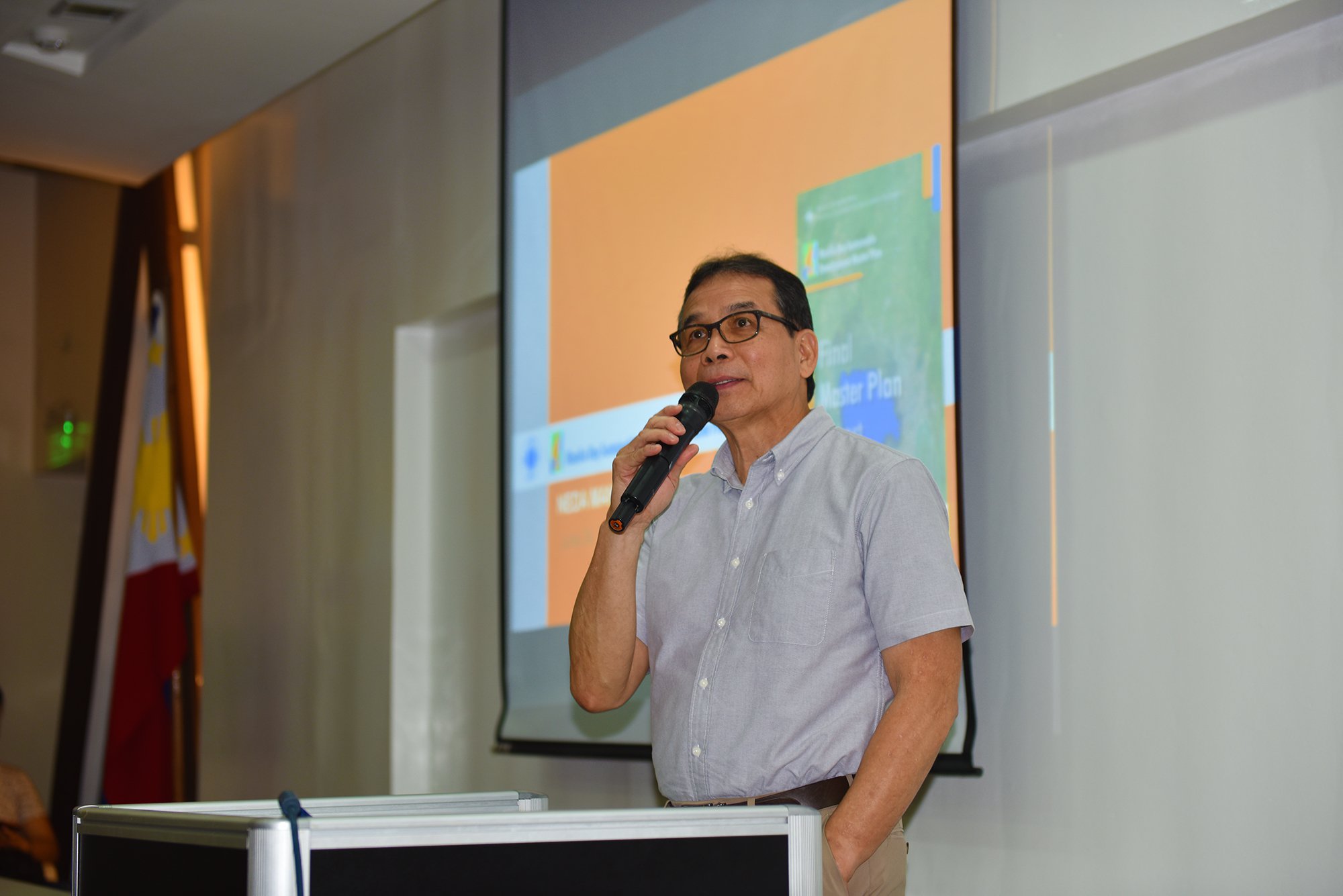
The strategic goals of the master plan project have been based on an integrative and holistic approach that is ecosystem-, science- and participatory-based. With its strategic goals, the project aims: to promote inclusive growth; to improve informal settlers conditions; to engage in disaster risk reduction and climate change adaptation; to improve the water quality system; and, to protect the ecosystem in Manila Bay.
Giving an overview of the UP tri-campus efforts on the Manila Bay rehabilitation, Director Laura T. David of the UP Diliman Marine Science Institute stressed the importance of data-sharing. “We aim to achieve in surfacing the science behind the rehabilitation process as palpable as possible.” David also emphasized that ultimately, these scientific studies must be understood by the general public, as she enumerated four common stages through which they may be able to evaluate Manila Bay’s rehabilitation progress, such as “see”, “smell” “swim”, and “eat”.
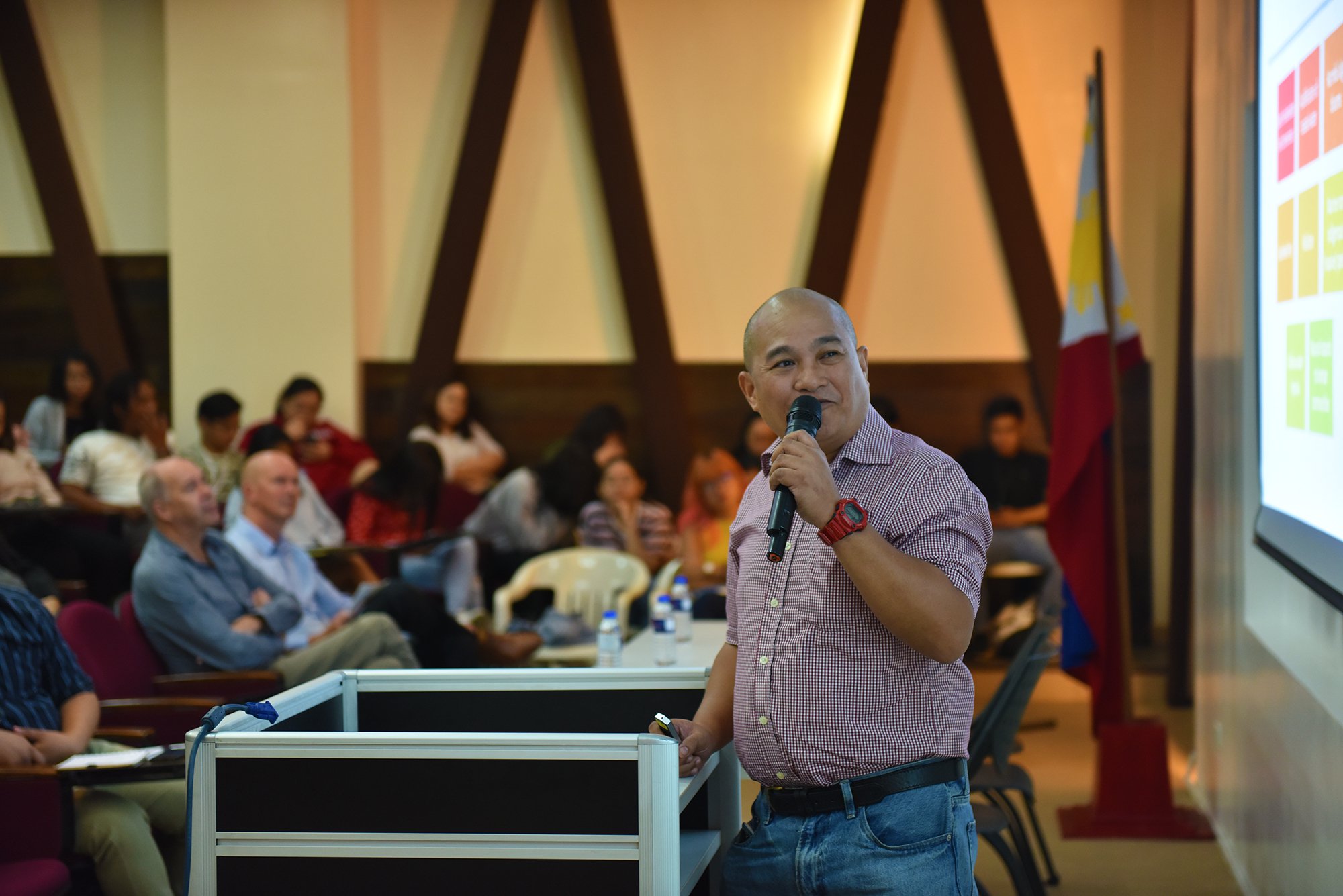
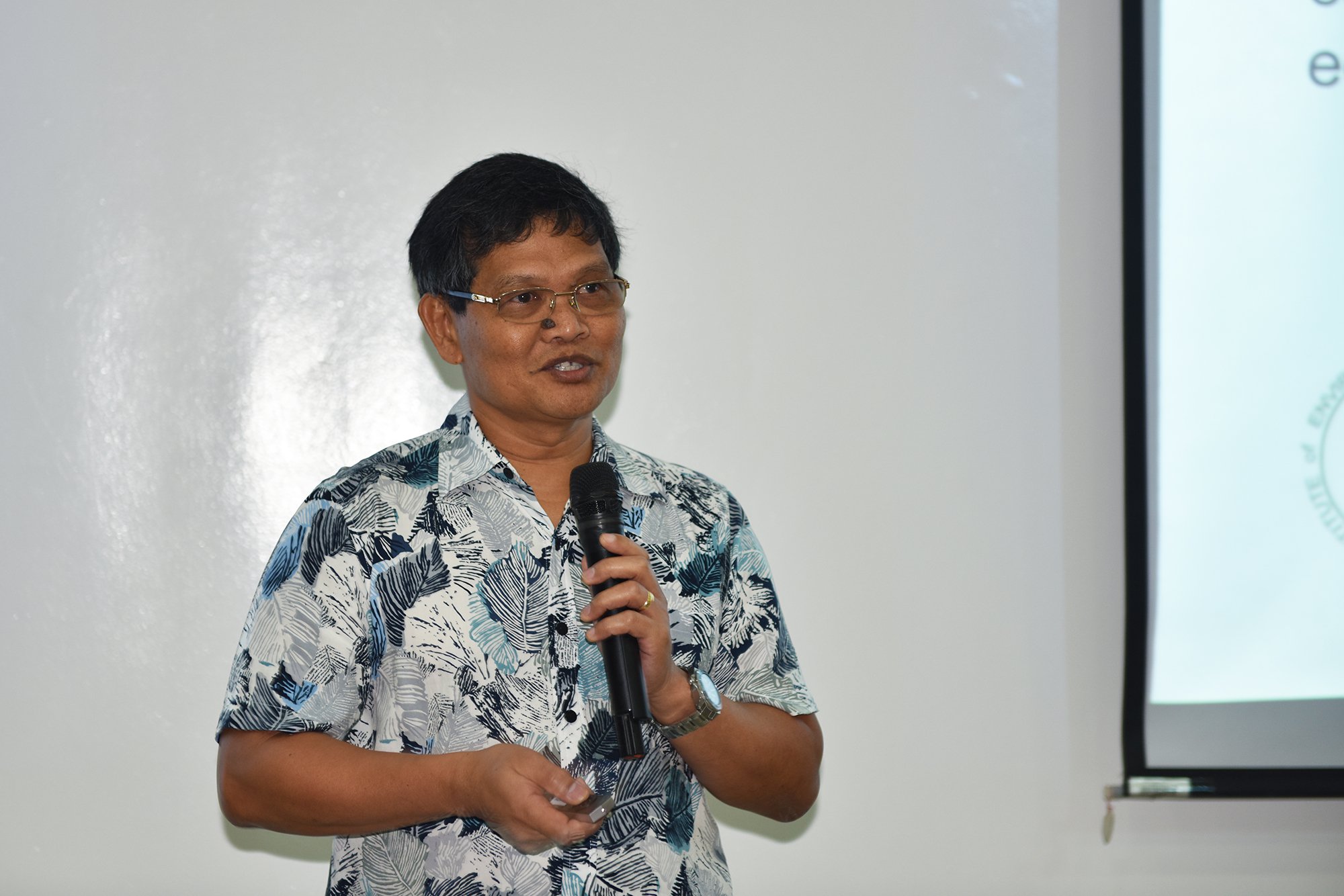
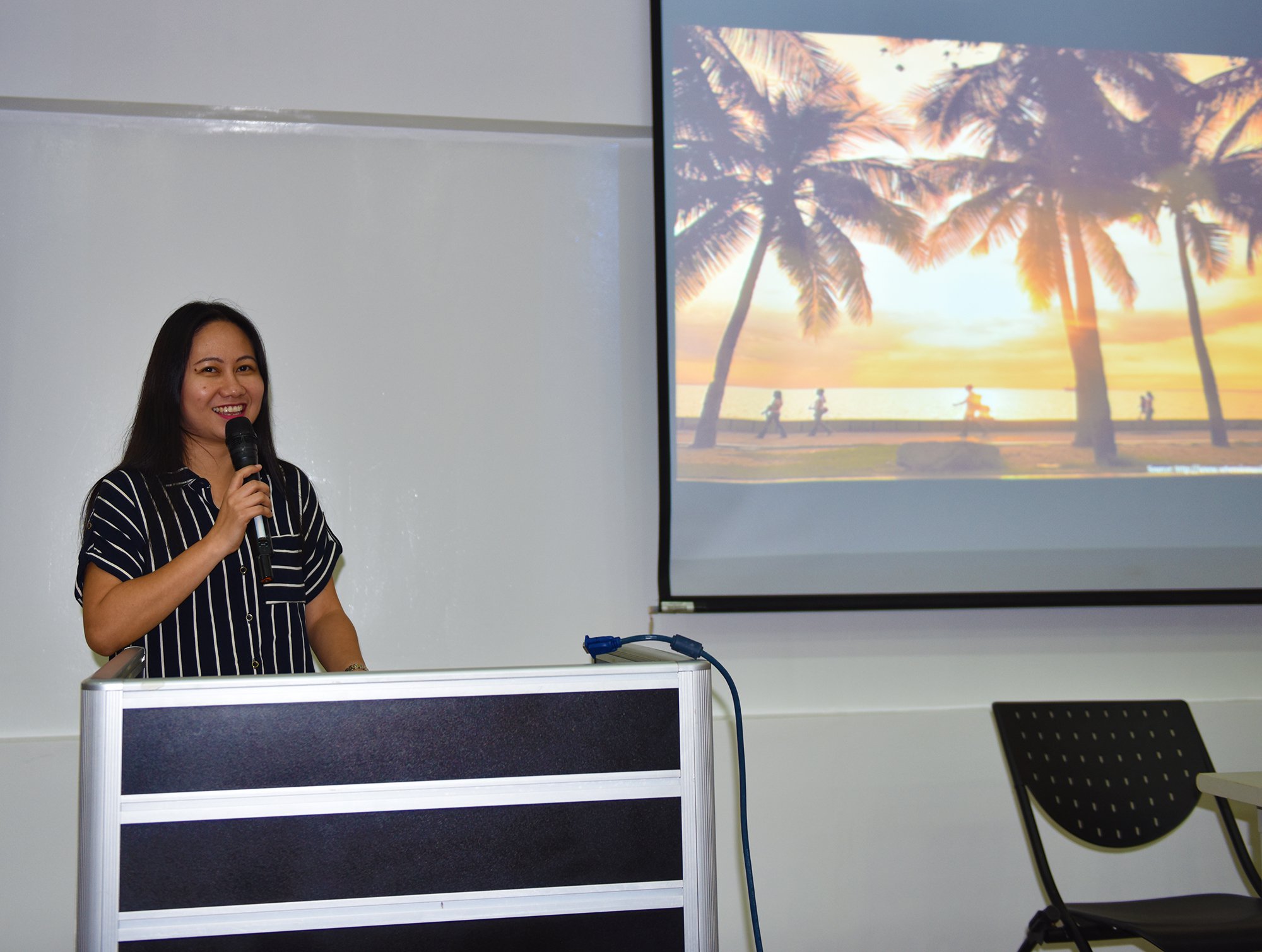
Sharing their marine and biodiversity researches on Manila Bay’s ecosystem were: Dr. Benjamin M. Vallejo Jr. and Dr. Rene Rollon, both from UP Diliman Institute of Environmental Science and Meteorology; and, Prof. Melody Anne B. Ocampo of UP Manila Department of Biology. Presenting the collaboration of disaster risk response and internet-powered climate monitoring sensors were Dr. Alfredo Mahar Francisco A. Lagmay of the UP Resilience Institute and College of Science Dean Giovanni A. Tapang. Representatives from the Department of Environment and Natural Resources, particularly from its Manila Bay Coordinating Office and Coastal Marine Division, also participated in the forum.
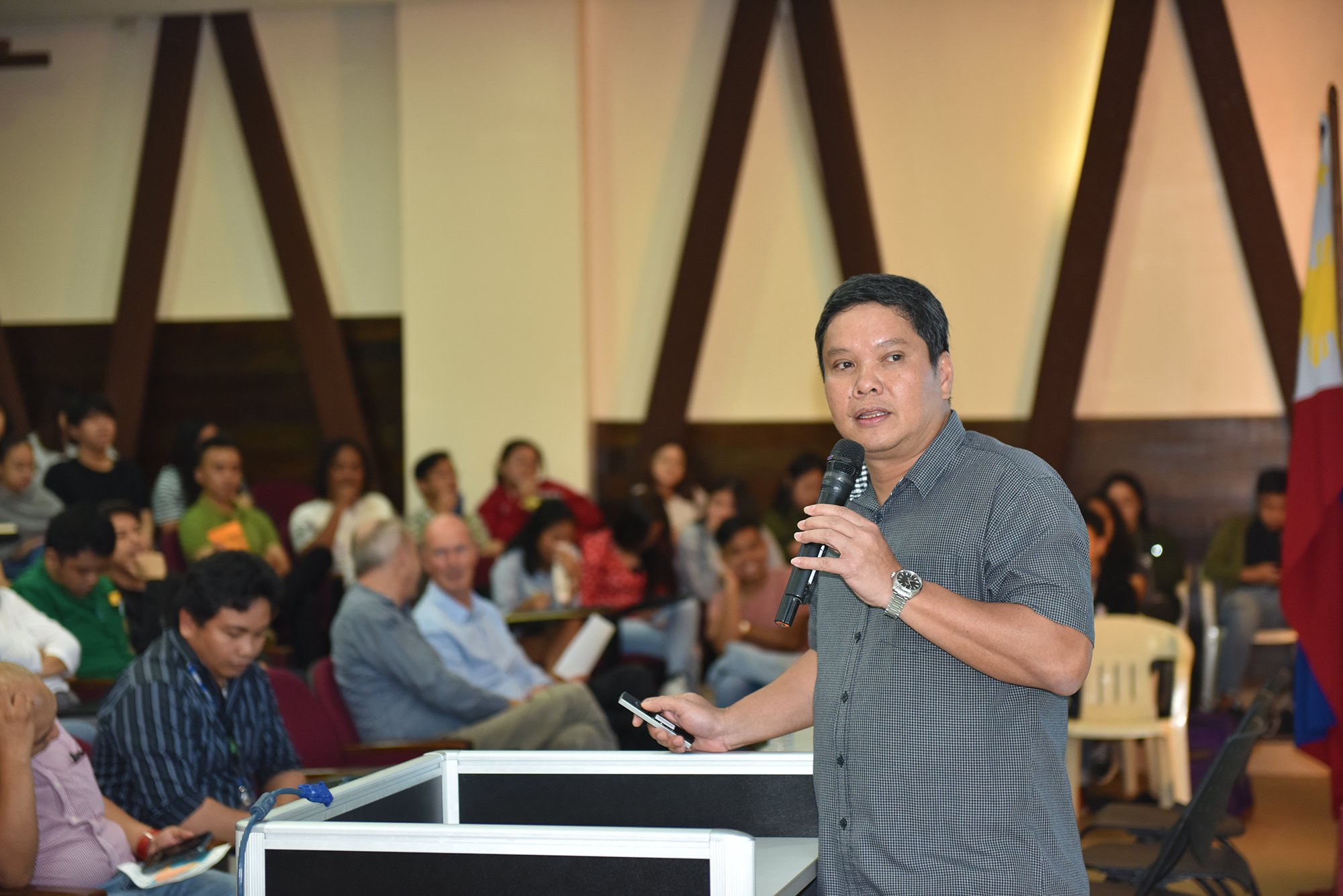
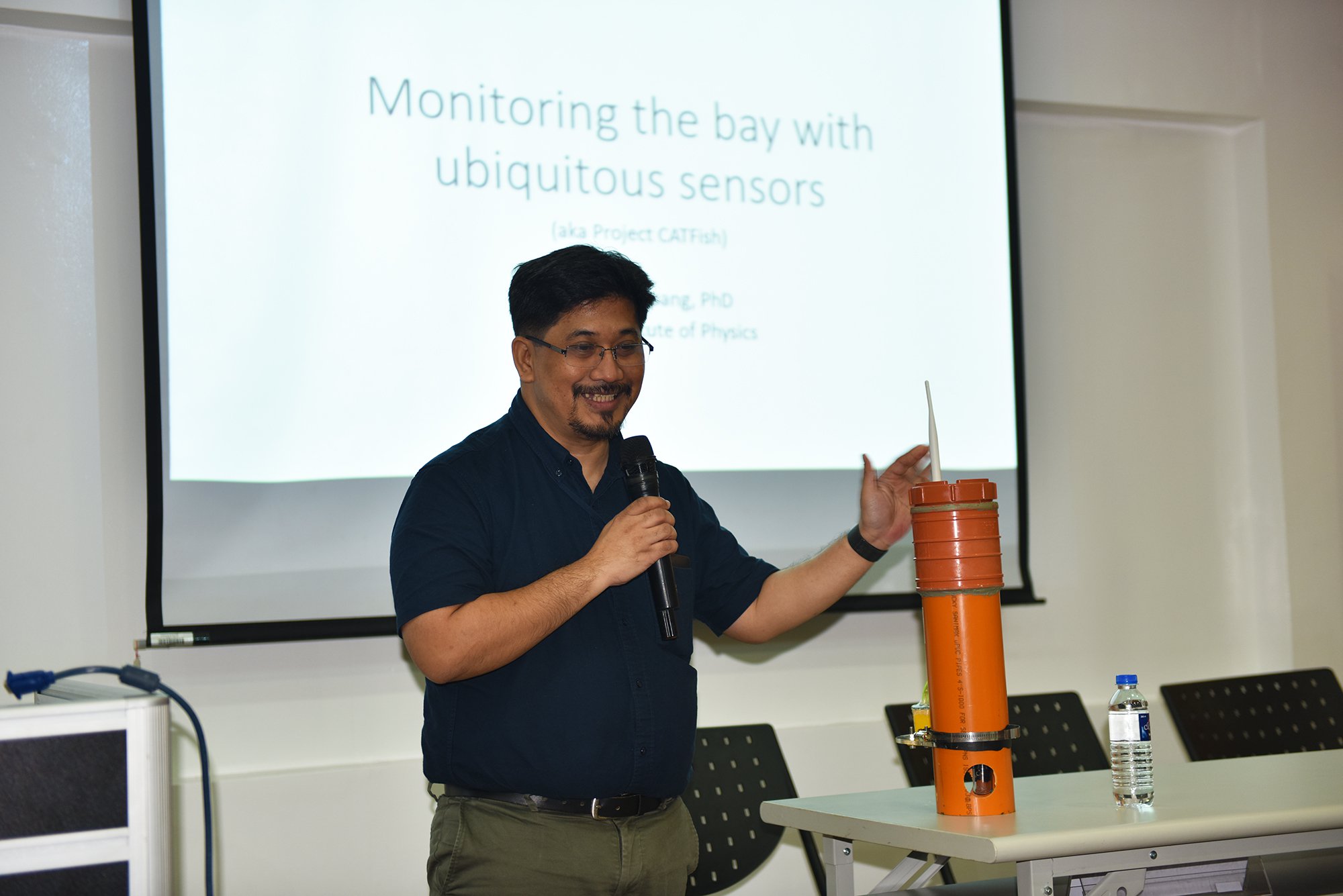
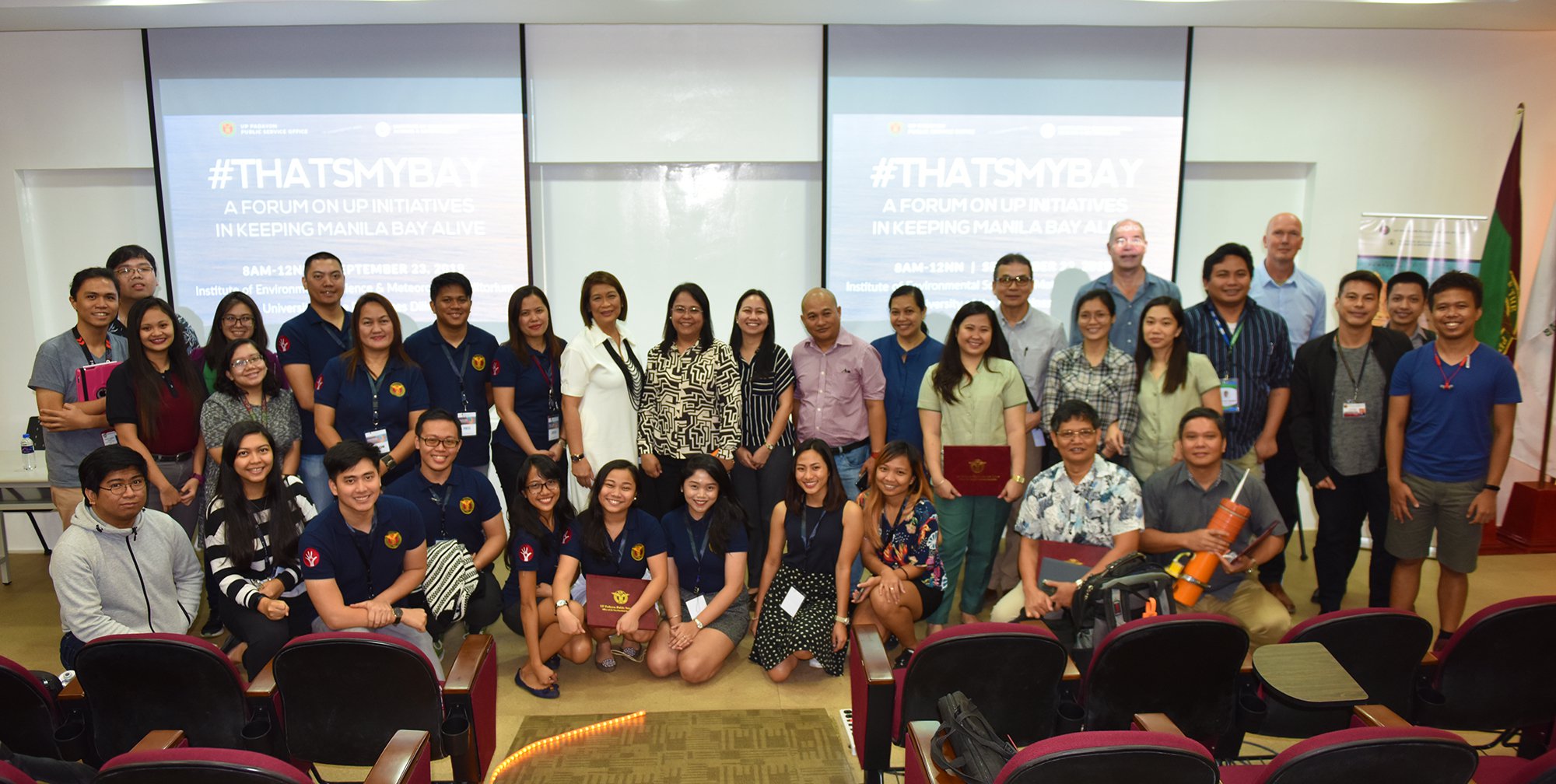
(This was originally posted in the University of the Philippines website on October 2, 2019. Watch the livestream here.)
